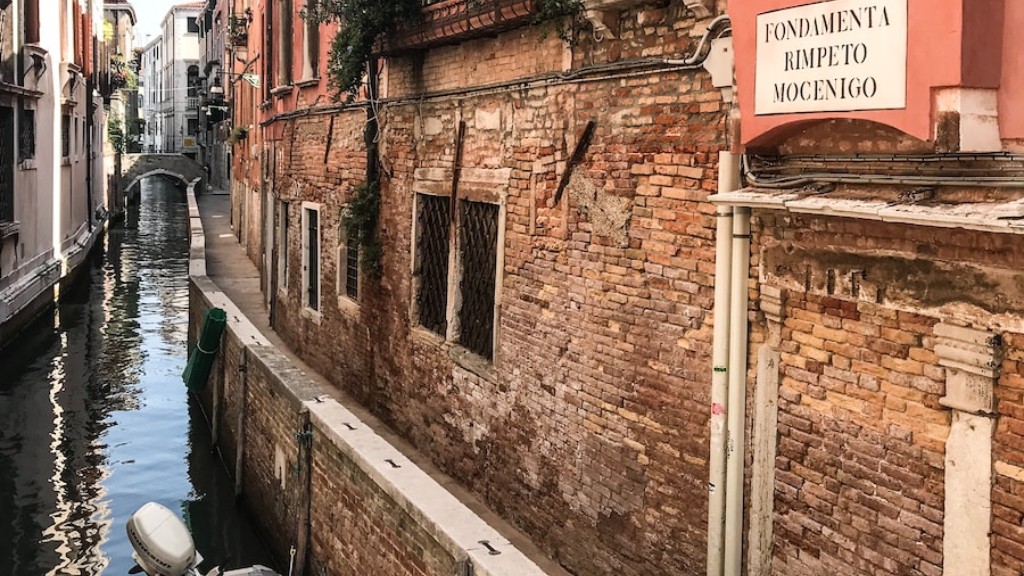Which Italian City Created the Margherita Pizza
The Margherita pizza is often considered the quintessential Italian dish. With its simple yet flavorful combination of tomato, mozzarella, and basil on a thin crust, it is a favorite among pizza lovers worldwide. But which Italian city can truly lay claim to its creation? In this article, we will explore the origins of the Margherita pizza, providing background information, relevant data, and perspectives from experts to shed light on this culinary debate.
To understand the creation of the Margherita pizza, we must first delve into the history of pizza itself. The ancient Greeks and Romans are credited with the invention of flatbread topped with various ingredients, a precursor to the modern pizza. However, it was in the city of Naples, Italy, that this dish truly took shape and gained popularity in the 18th and 19th centuries.
Naples, with its bustling streets and vibrant food culture, became renowned for its pizza. The city’s bakers began adding tomatoes, which were introduced from the New World, to their flatbreads in the late 18th century. This innovation gave birth to the pizza we know today, with its distinctive tomato-based sauce.
As the industrial revolution brought waves of migration from Southern Italy to the United States in the late 19th and early 20th centuries, pizzerias began to pop up in cities like New York and Chicago. It was in these American cities that pizza became a global phenomenon, introducing the world to various regional styles and flavors.
However, the creation of the Margherita pizza specifically can be traced back to Naples in 1889. According to legend, Queen Margherita of Italy, accompanied by her husband King Umberto I, visited Naples and grew tired of the elaborate French cuisine that was popular at the time. She requested a simple and classic Neapolitan pizza to be made in her honor.
It was pizzaiolo Raffaele Esposito who rose to the occasion. He crafted a pizza with tomatoes, mozzarella, and basil, inspired by the colors of the Italian flag: red, white, and green. This creation was named after the queen, cementing the Margherita pizza’s place in history.
While there is no doubt that Naples is the birthplace of the Margherita pizza, other Italian cities can claim their own unique pizza creations. For example, Rome is known for its popular thin and crispy pizza, while Sicily boasts a thick, doughy crust topped with fresh ingredients. Each region has its own distinct pizza culture, with variations in ingredients and preparation techniques.
The Art of Pizza Making
Pizza making is not just a culinary process but an art form in Italy. The dough, made from simple ingredients such as flour, water, yeast, and salt, is hand-tossed and stretched to achieve the perfect thin-crust texture. The toppings are carefully selected, with mozzarella di bufala and San Marzano tomatoes being prized for their unique flavors. Pizzaiolos, or pizza makers, often train for years to perfect their craft.
Experts believe that the secret to a great Margherita pizza lies in the quality of its ingredients. The tomatoes should be ripe and full of flavor, while the mozzarella should be fresh and creamy. Basil leaves, picked at the peak of freshness, add a fragrant touch to the pizza. The combination of these simple ingredients, when cooked in a wood-fired oven, creates a harmonious flavor profile that is difficult to replicate.
Global Popularity
Today, the Margherita pizza is beloved worldwide. Its simplicity and classic flavors have made it a staple in pizzerias and Italian restaurants across the globe. In fact, it is often used as a benchmark to assess the quality of a pizzeria. Many cities, from New York to Tokyo, have their own versions of the Margherita pizza, each adding their own twist to the classic recipe.


